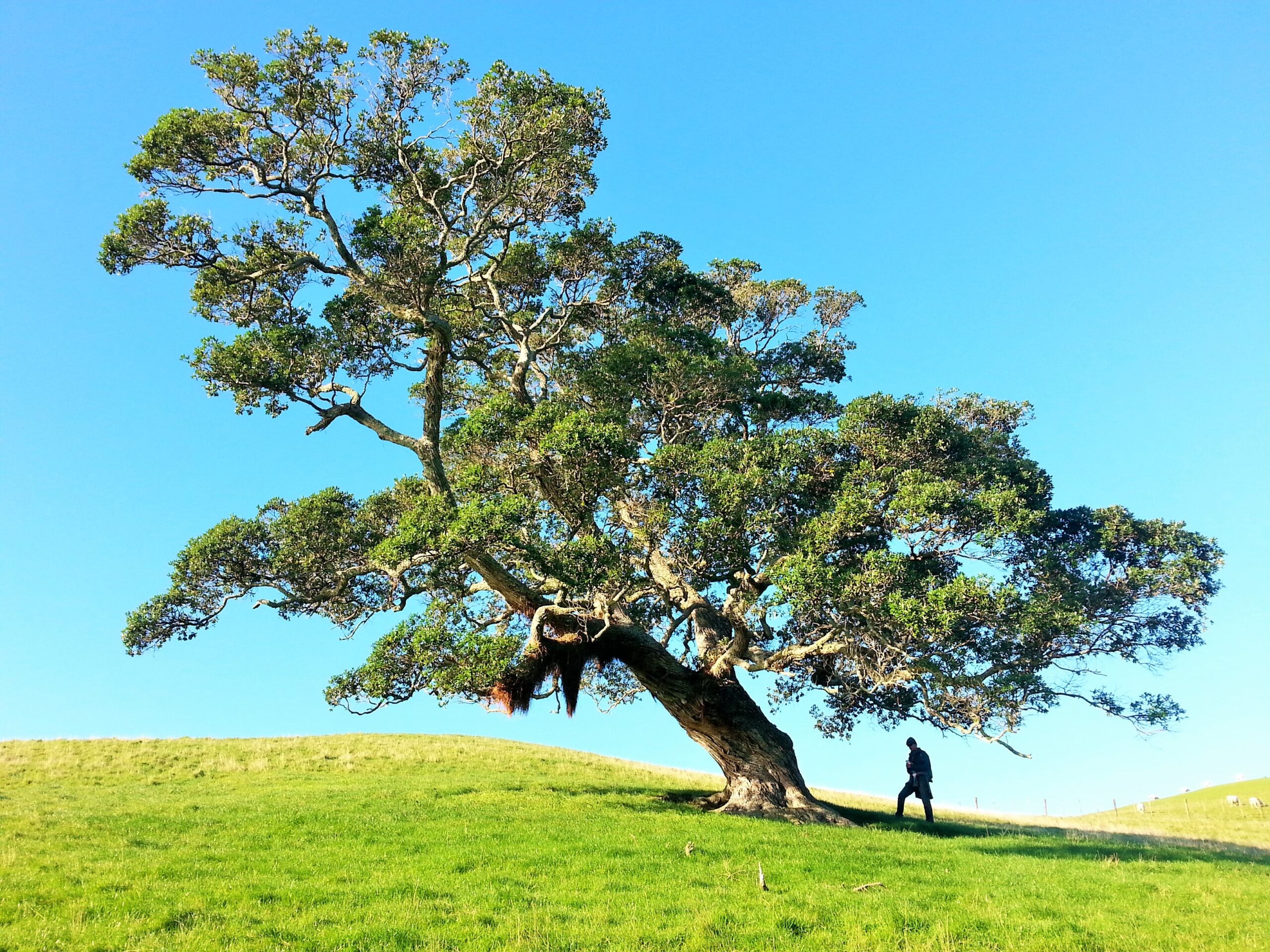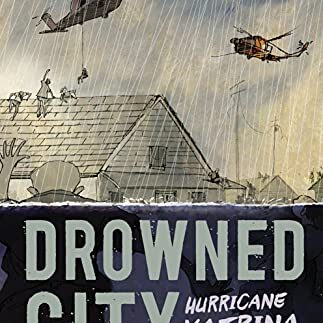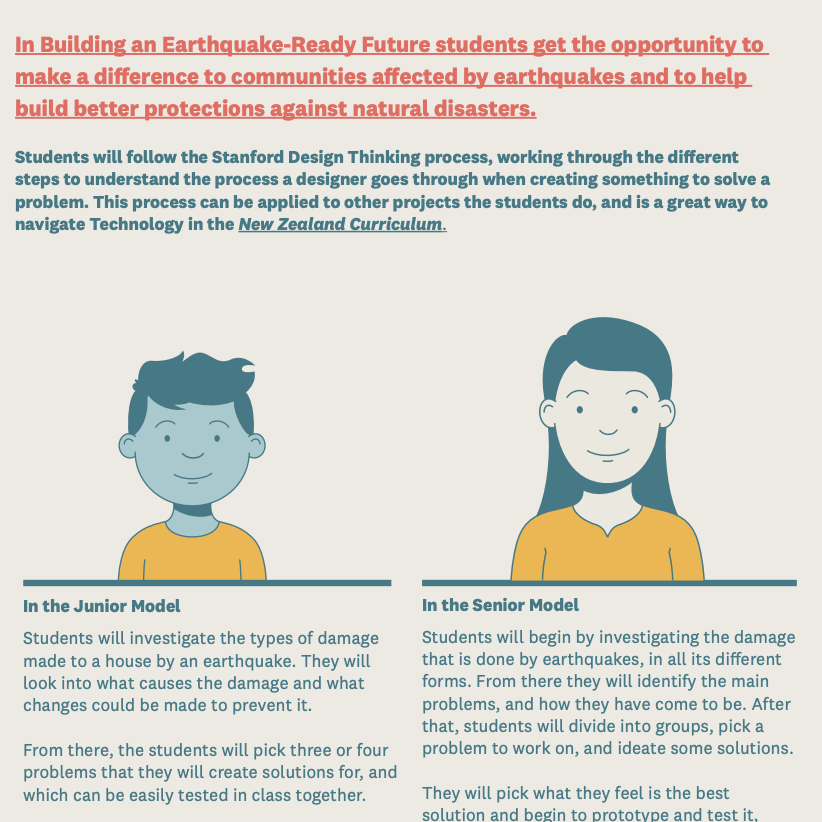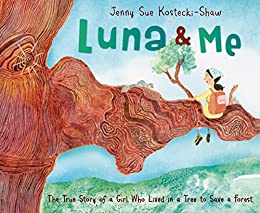Our Project
Sustainable World is a project developed and maintained by the Sustainable World Collaborative, a group of researchers from the University of Illinois at Urbana-Champaign. We hope that this project will serve to help address the climate crisis and empower students as “doers of science” to inspire and build solutions.
This initiative began with the purpose of supporting educators in developing quality NGSS-aligned curriculum with a focus on sustainability. To this end, we have created the Sustainable World Database, which provides teaching resources for educators to use in their classrooms. We have evaluated all resources to ensure their utility for classroom settings, alignment with NGSS values, and cultural responsiveness. Resources from cultural insiders were prioritized to maintain the integrity of the database and to honor the scholarship and contributions of a variety of global creators.
The Sustainable World Collaborative believes that sustainability should be a central focus of science instruction in schools. Sustainability can also be meaningfully integrated across other disciplines like social studies, language arts, and mathematics—resources for this integration are represented in the database.
Why teach sustainability from a global perspective?
Teaching sustainability from multiple global perspectives is critical to ensure students have access to cutting edge resources from a variety of origins. While using materials from international sources, students learn to actively seek out multiple perspectives and collaborate on diverse teams to develop solutions to global issues. Equally important, learning from divergent perspectives helps students think critically about potential and current systems and strategies that are connected globally.

The Database
How to use the Database
Here are some tips on how to use the database:
- Apply filters to search for resources within a certain grade band, discipline, region, and/or resource type.
- Select a resource(s) and use the database page to learn more about what the resource provides.
- Use the link on the database page to access the resource.
- Leave a comment on the database page to show other educators how you incorporated the resource into your classroom!

Regions in the Database
The initial funders of our project were centers of the Illinois Global Institute of the College of Liberal Arts and Sciences at the University of Illinois at Urbana-Champaign. The regions in our database are reflective of those represented in the Illinois Global Institute. The initial resources in the database came out of our collaboration with these regional representatives.
Over time, the database has grown and we have added resources from regions that are not represented in the Illinois Global Institute centers. Furthermore, some resources in the database are artificially grouped together under one broad region (e.g. “Africa”) even though they have cultural, linguistic, and geographical distinctions from each other or more commonalities with resources in a different region.
To provide better equity in representation, we are currently reviewing the 150+ resources in our database and redefining the regions that are labeled in our database. We are planning to roll out the updates by the end of 2022.

Selecting our Resources: Ways of Thinking
The selection of resources for our database was informed by the Sustainability Education Framework for Teachers created by Annie Warren, Dr. Leanna Archambault, and Rider Foley at Arizona State University. Delineated below are the “Ways of Thinking” described in this framework as they connect to the work of this project. This framework is intended to support educators in understanding the complexity of sustainability, its relationship to problem-solving, and how it connects to them as teachers. These four “Ways of Thinking” are conceptualized as interconnected facets of problem-solving related to sustainability. Ideal resources will represent multiple ways of thinking, as it is best to engage with them holistically.
Systems
Systems thinking challenges students to consider issues from multiple perspectives. Resources that support systems thinking will engage students in perspective-taking and careful consideration of how varying stakeholders might be impacted by a given resolution.
Resource Example
The book Drowned City: Hurricane Katrina and New Orleans by Don Brown
Strategic
Strategic thinking is informed by an integration of the prior three types of thinking. Thinking strategically informs action. Resources that challenge students to use strategic thinking will ask them to connect their scholarship to a larger global picture and develop research-based solutions to current issues.
Resource Example
The website “Building an Earthquake-Ready Future”
Values
Values thinking asks students to consider how their identities, experiences, and beliefs affect how they move through the world. At the same time, resources that support values thinking will task students with reflecting on the ways in which others with intersecting or diverging values might think.
Resource Example
The book Luna and Me: The True Story of a Girl Who Lived in a Tree to Save a Forest by Jenny Sue Kostecki-Shaw
Futures
Futures thinking is facilitated by activities, materials, and discussions that encourage students to reflect on the interconnectedness of phenomena across time. Resources that best support futures thinking will ask students to consider the ways in which different histories have impacted their reality and how current decisions will affect the future.
Resource Example
The Peace Database of the Hiroshima Peace Memorial Museum



